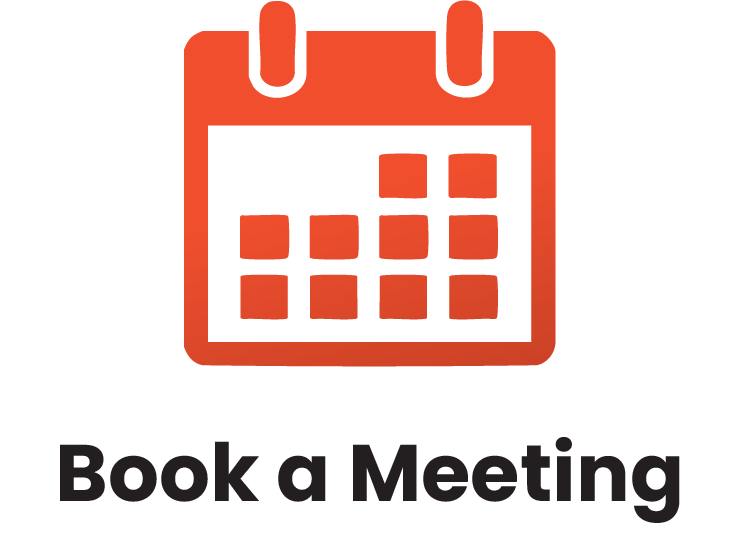Interactive training sessions led by experienced facilitators.
What is In-Person, Instructor-Led Training?
Our in-person training is delivered by a live facilitator who works directly with your team at your location. It’s our most popular format because it allows for real-time interaction, hands-on learning, and direct support.
Every session is tailored to your team’s specific goals, industry, and challenges—no generic, one-size-fits-all programs. Whether it’s a single session or a full training series, we design the experience to be relevant, practical, and fully aligned with your needs.
What is Live Webinar Training?
Live webinars are facilitator-led training sessions delivered online in real time. They’re ideal for teams working in different locations or with busy schedules.
This format offers shorter, more frequent sessions that are easy to coordinate—making it a convenient option for organizations with remote or distributed teams.
What is Virtual Classroom Training?
Virtual Classroom training is live, instructor-led training delivered online. It offers the same interactive experience as in-person sessions, with real-time discussions, group activities, and instructor feedback.
It’s a flexible option for organizations that want to reduce travel, save costs, or better fit training into busy schedules.
What is a Lunch & Learn Session?
Lunch & Learn sessions are short, facilitator-led training sessions delivered in person or online—typically during the lunch hour. They focus on specific topics or skills and offer a quick, engaging way to learn without a full-day commitment.
These sessions can be offered as one-time events or as part of a series, making them a great option for ongoing, bite-sized learning.
Online Learning
Enjoy our self-paced option and learn from anywhere!
$199.00 USD
Intermediate Project Management
Project management is not just restricted to certain industries, or to individuals with certification as a project manager. Lots of us are expected to complete assignments that are not a usual part of our job, and to get the job done well, within our budget, and on time.
This workshop is intended for those who understand the conceptual phase of a project’s life cycle, including setting goals, creating a vision statement, and creating the Statement of Work. Today will take you through the remaining three stages: planning, execution, and termination.
LEARNING OBJECTIVES
This one-day workshop will help participants learn how to:
- Identify your project’s tasks and resources
- Order tasks using the Work Breakdown Structure
- Schedule tasks effectively
- Use basic planning tools such as a Gantt chart, PERT diagram, and network diagram
- Prepare a project budget
- Modify the project budget and schedule to meet targets
- Identify and manage risks
- Prepare a final project plan
- Execute and terminate a project
- Develop and manage a change control process


COURSE OUTLINE
What Really Needs To Be Done?
This session will look at identifying and listing tasks and resources.
The Work Breakdown Structure
The Work Breakdown Structure, or WBS, is a key planning tool universally recognized by project management organizations. During this session, we will discuss what a WBS is and how to create one.
Scheduling Techniques
Now that we know what tasks need to be done and the approximate order, it is time to schedule the tasks. We will look at how to estimate time and some scheduling considerations during this session. We will also look at some planning tools, including the Gantt chart, milestone charts, action planning worksheets, network diagrams, and flow charts
Budgeting Tips and Tricks
The next step in planning the project is budgeting. Participants will learn about budgeting through a lecture, and then they will apply the knowledge to a case study.
Assessing Project Risks
This session will examine what risks are and how we can identify and manage them.
Preparing the Final Plan
All of the planning that we have done today will come together to create the final project plan.
Making it Fit
So you’ve got all your documents prepared and you’re ready to execute your project. And then you find out you need to get it done two weeks sooner… or $40,000 cheaper. During this session, we will look at ways to compress the project’s schedule and budget.
The Execution Phase
This session will look at some things you should do while executing your project, including status meetings and issues management.
Controlling Changes
During the execution of the project, you need to have a process in place for managing changes. This session will outline a change control process that you can use on any project.
Closing out a Project
During this session, we will discuss some things that should take place during the termination or close-out phase of a project.


















